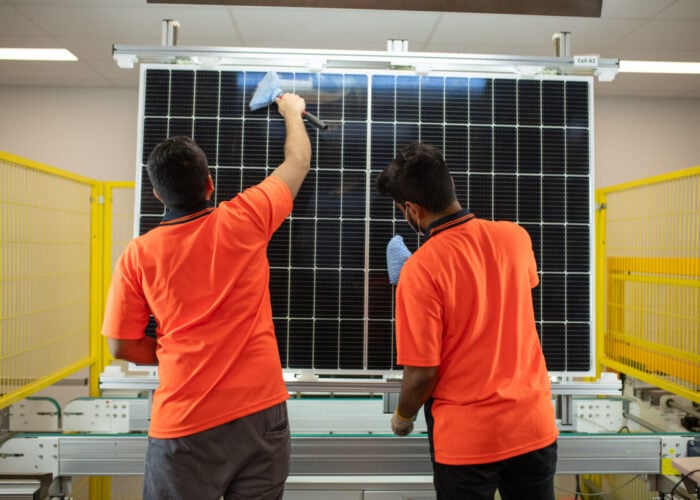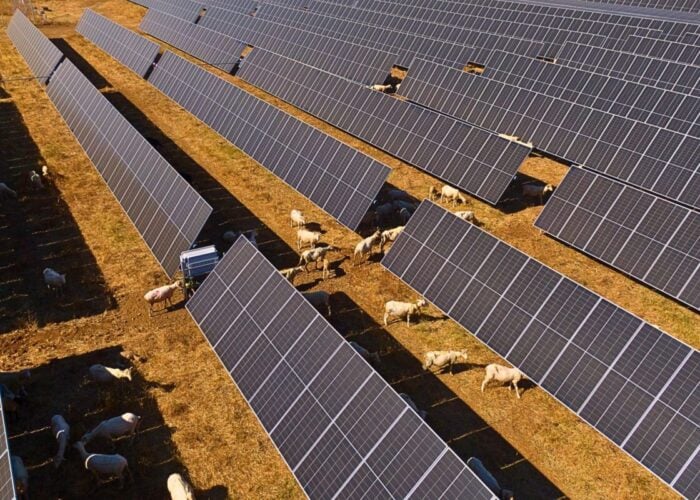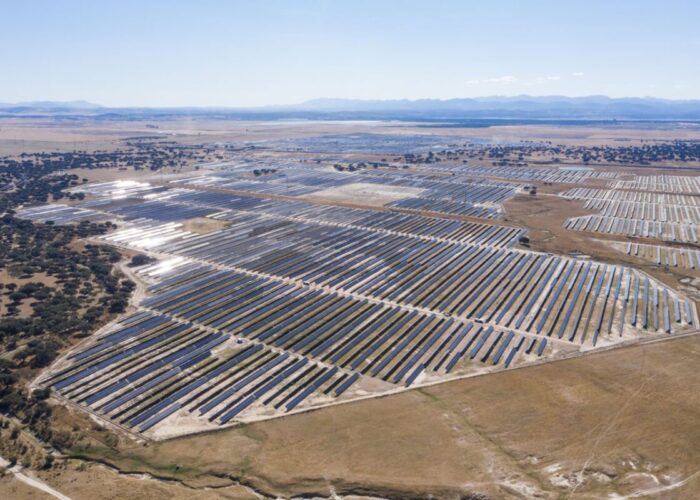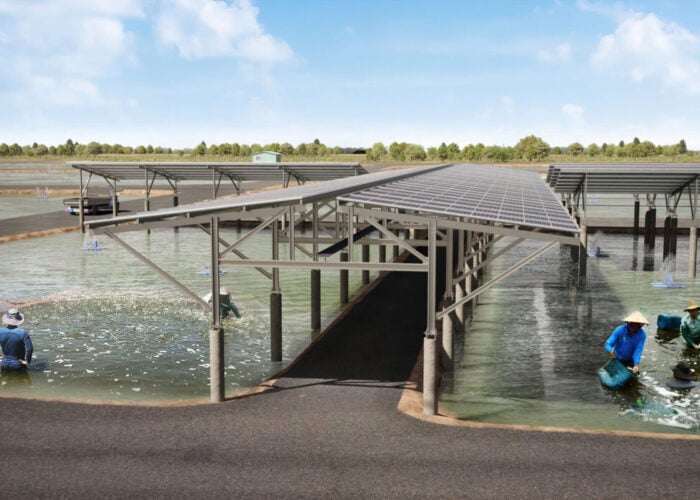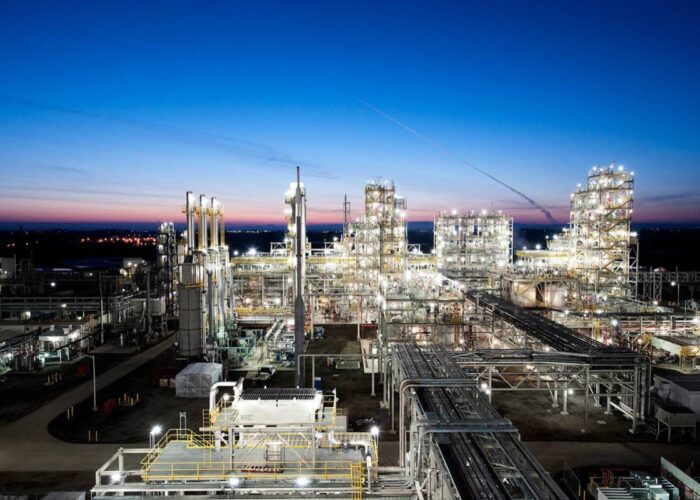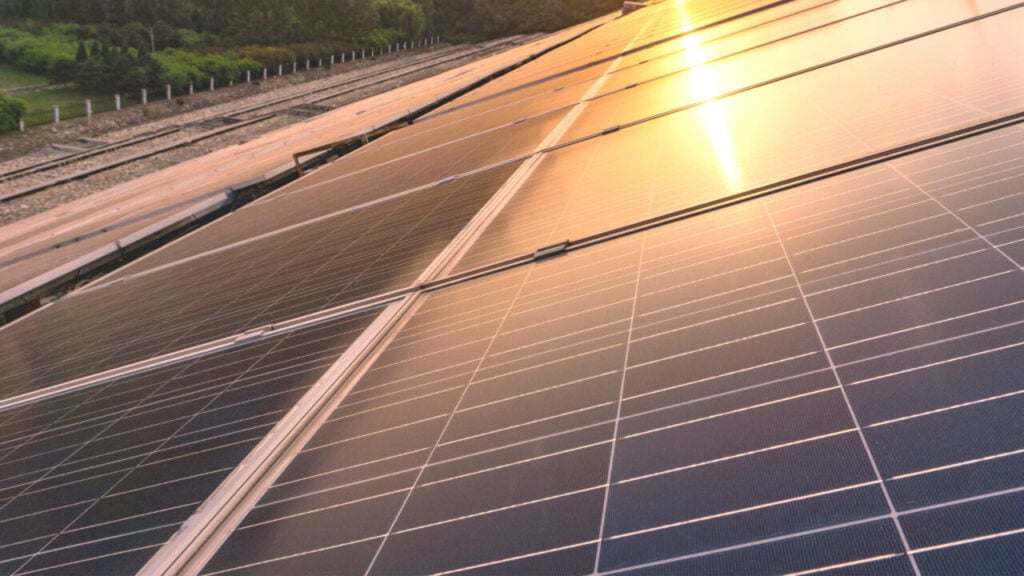
Spanish renewables firm Elawan Energy has established a joint venture to develop 2GW solar PV projects in Italy.
Developed in collaboration with Polish independent power producer (IPP) R.Power Investment, the joint venture contains projects in early development stages which are expected to be ready for construction over the next six years until 2030. The projects will be located in regions such as Basilicata, Lazio, Sardinia and Sicily, with individual capacities ranging from over 8MWp to more than 40MWp.
Unlock unlimited access for 12 whole months of distinctive global analysis
Photovoltaics International is now included.
- Regular insight and analysis of the industry’s biggest developments
- In-depth interviews with the industry’s leading figures
- Unlimited digital access to the PV Tech Power journal catalogue
- Unlimited digital access to the Photovoltaics International journal catalogue
- Access to more than 1,000 technical papers
- Discounts on Solar Media’s portfolio of events, in-person and virtual
Elawan Energy began operations in Italy in January 2023, when it acquired two solar PV projects in the Apulia region in southern Italy. Once operational, scheduled for 2025, the two solar PV plants will have capacities of 20.4MW and 51.2MW respectively.
Elawan Energy was fully acquired by Japanese-headquartered financial services group ORIX Corporation in late 2022. Currently, the company has 54 projects in nine countries, more than 1.8GW in operation, 234MW under construction and more than 8.5GW in various stages of development.
Aside from this joint venture, R.Power announced that it had started contracting a 134MWp solar PV portfolio in Poland.
Comprising 19 solar projects, the company aims to start construction on the projects in June and reach completion in April 2025. The company already secured module supply for the entire portfolio with Chinese solar manufacturer LONGi, while inverter manufacturer Huawei will supply the inverters. R.Power did not specify which technology it would use for the modules.


